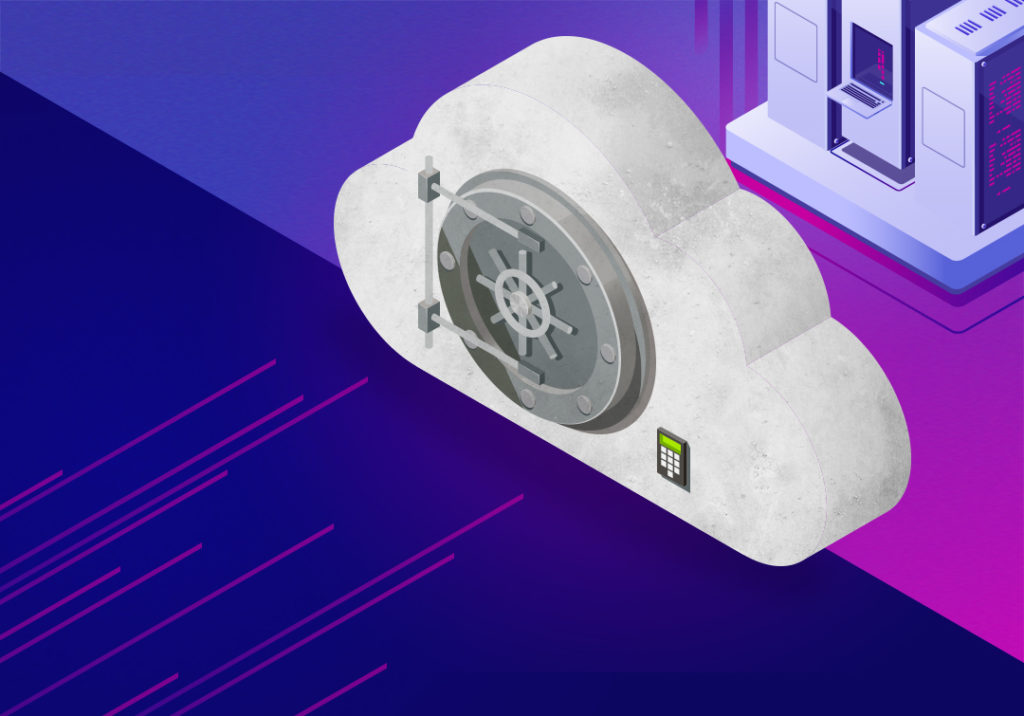The implementation of new technology in the company is often risky. Cloud migration isn’t an exception, and like any global change in the business, it involves some risks and challenges.
Each founder wants to get an answer to the question: “Do the pluses outweigh minuses for my company or vice versa?”. If pluses outweigh, the next question is: “How to perform cloud migration with a minimum of risks?” Thus, today we will discuss the most common risks that wait for you on the way to cloud computing.
We also build a checklist of cloud migration for you, which can help better understand important steps while moving to the cloud. If you want to know what prerequisites should be made the migration, please, follow the link: https://itsvit.com/services/migration/cloud-migration/.

What to expect during cloud migration?
You should be ready for changes and challenges when you decide to move your business to the cloud. It’s understandable that cloud business is slightly different from local business and has its own features. So, there are risks associated with migration.
- Data losses. Maybe, the first thing startup founders think about is data protection. There is a risk to lose the data during migration. It is solved by making backups or dumps of the original database and diverting the traffic to the cloud database instance to avoid losing data. Actually, in the cloud, your data is more protected than in the local hardware. Local machine can break down and keeping a farm of idle replicas is quite expensive while the cloud will keep your data safe in the encrypted form.
- System complication. Cloud computing can make IT operations more complicated and you should be ready for it. It is a common situation when before migration you need to make some preparations and as a result, the system looks more complex. Thus said, it could be more difficult to move to the cloud. It is important to note that an experienced Managed Service Provider (MSP) will protect your system from unnecessary changes and complexity and would make only necessary additions. Also, it is very important to make tests before cloud migration.
- Data gravity. Sometimes, data is moved to the cloud first and the application itself is moved during the next step. Data gravity means a situation when it becomes difficult to test the connection between data and the software in the cloud. To avoid this risk you should use live or dynamic migration when the whole instance moves to the cloud.
- Latency. The latency can bring remarkable cost losses, especially in big companies. So, it is important to cut down latency as possible. The common solution is making the optimization of IT processes. Usually, MSP has ready services to enable such optimization.
- Architecture risks. Your software might use the architecture that does not match the distributed cloud architecture. The solution, in this case, is to move step by step, perform the modification of the architecture or move only the relevant data to the cloud.
Conclusion: safe cloud migration
Surely, you will face certain risks during the cloud migration, but with the right approach, you can avoid them. You should keep in mind that a good Managed Service Provider will deal with all the risks on the stage of planning. Thus said, your cloud migration can be pretty comfortable and bring you only profits and benefits.
What do you need to find a reliable partner? Search for reviews, read the feedback from previous customers. Ask an MSP for a portfolio or examples of successful cases. A high-level team with wide experience will answer all your questions and make all the things work as they should.

